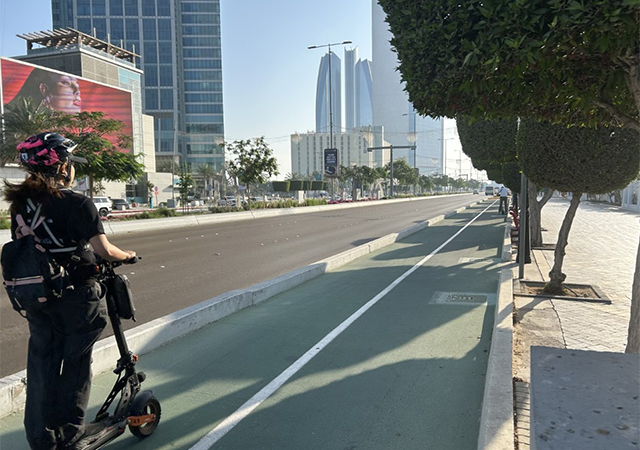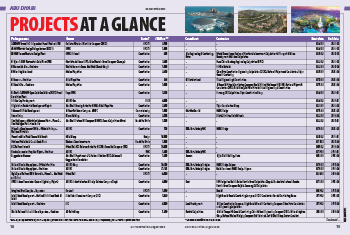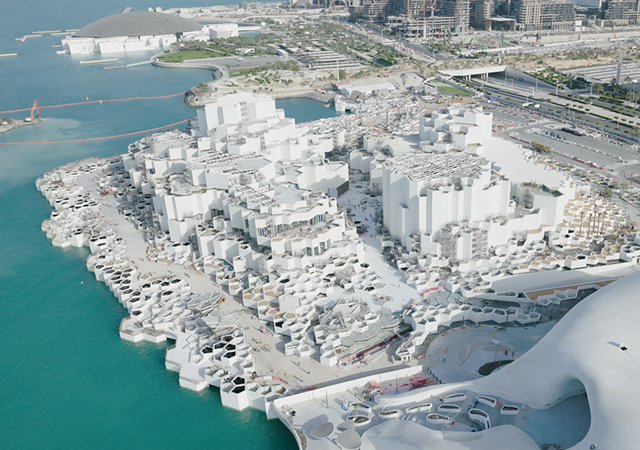
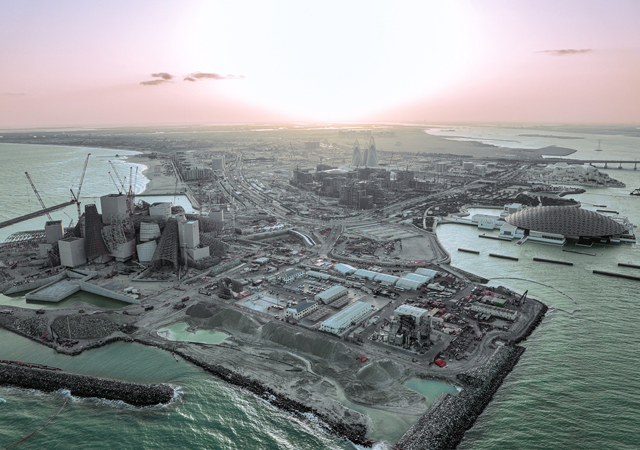 Saadiyat Cultural District ... following the opening of teamLab Phenomena Abu Dhabi (top right), work is racing towards completion on Zayed National Museum (centre) and Guggenheim Abu Dhabi (left).
Saadiyat Cultural District ... following the opening of teamLab Phenomena Abu Dhabi (top right), work is racing towards completion on Zayed National Museum (centre) and Guggenheim Abu Dhabi (left).
An Exclusive Report by BINA GOVEAS
Saadiyat Island is rapidly transforming into a global cultural beacon, as three major museums – the Zayed National Museum, Natural History Museum Abu Dhabi, and Guggenheim Abu Dhabi – edge closer to completion, defining a new era in architectural innovation, sustainability, and cultural exchange.
This was highlighted in an exclusive Gulf Construction interview with a DCT-Abu Dhabi spokesman, who offers an insight into the significant progress and innovative construction methods employed on these iconic projects.
This bold cultural vision, inspired by the legacy of the UAE’s founding father, Sheikh Zayed bin Sultan Al Nahyan, is taking architectural ingenuity, sustainability, and curatorial ambition to new levels.
Saadiyat Island already boasts the Louvre Abu Dhabi, Berklee Abu Dhabi, and the recently opened teamLab Phenomena Abu Dhabi. The upcoming additions will solidify its position as one of the world’s premier cultural destinations.
Key museum milestones
Each of the three upcoming museums is a feat of design and engineering, fusing ultra-modern techniques with references to local tradition:
• Zayed National Museum is set to open its doors in December 2025, bringing to life the story of the UAE’s founding with dramatic architectural flourishes inspired by the falcon’s wing – an iconic national motif (see Page 18).
• Natural History Museum Abu Dhabi, which is on track for a Q4 2025 opening, will anchor its narrative in the unique ecology and geology of the region, offering state-of-the-art learning and research facilities (see Page 18).;
• Guggenheim Abu Dhabi, scheduled for completion at the end of 2025, promises to showcase contemporary art in a striking structure that echoes the colours and contours of Saadiyat’s coastline (see Page 23).
All projects are advancing steadily, with delivery teams focusing on both architectural excellence and content authenticity.
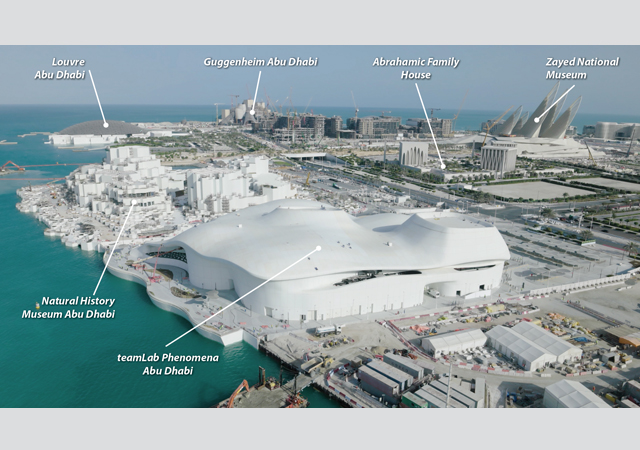 |
|
Saadiyat Cultural district features several iconic museums in close proximity to each other. |
Innovation and overcoming challenges
Bringing these architecturally complex designs to life has required advanced construction methods and innovative technologies. The spokesman highlights the use of AI and VR for streamlining efficiency, ensuring sustainability, and maintaining quality.
3D rendering software has facilitated advanced logistical planning, while Lidar scanning and AI-supported error detection methodologies have been crucial for validating construction against engineering drawings. Even a “Robot Dog” with Lidar scanning capabilities was trialled, showcasing a commitment to cutting-edge approaches.
Construction in a coastal desert environment presented unique challenges, including extreme summer heat and material sourcing. Contemporary design software has been instrumental in realising complex forms and simplifying load paths. Extensive mock-ups were conducted during design and delivery to test visual impact, proof of concept, and performance, ensuring design integrity, timely delivery, and budget adherence.
Material selection has been heavily influenced by the harsh marine context, with a conscious effort to utilise local and recycled materials to improve embodied carbon emissions.
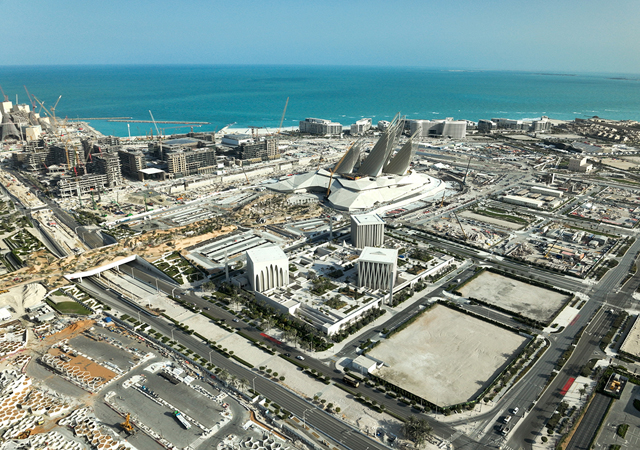 |
|
Saadiyat Cultural District ... the Abrahamic Family House, which opened in March 2023, is seen below the upcoming Zayed National Museum. |
A legacy for future generations
The Saadiyat Cultural District projects are set to leave a profound legacy, establishing a new benchmark for museum construction and cultural collaboration in the UAE and globally. They represent a blend of innovation, purpose-driven design, and cross-cultural collaboration, offering invaluable lessons for future large-scale architectural endeavours.
The spokesman emphasises that the journey has been about “ambition with integrity” – pushing boundaries while staying rooted in heritage and sustainability.
As the district inches closer to its full realisation, it stands as a testament to Abu Dhabi’s unwavering commitment to cultural development, dialogue, and global exchange.
Excerpts of the interview with the DCT-Abu Dhabi spokesman:
Can you briefly describe the vision behind the cultural district at Saadiyat Island and how the new museums contribute to this ambition?
Built as a beacon of cultural exchange and inspiration, Saadiyat Cultural District embodies the vision of the late Sheikh Zayed bin Sultan Al Nahyan, the UAE’s founding father who was passionate about his country’s history, heritage and the power of culture and ideas exchange in building a nation.
Saadiyat Cultural District presents a unique collection of cultural institutions and experiences in the heart of Abu Dhabi. Already home to Louvre Abu Dhabi, the first universal museum in the Arab world, Berklee Abu Dhabi, an institute of contemporary music and performing arts, and Manarat Al Saadiyat, a community-focused cultural centre. These institutions were joined in April 2025 by teamLab Phenomena Abu Dhabi, an immersive space where art and architecture are combined with cutting-edge technology and science.
This growing district will soon welcome Zayed National Museum, the new national museum of the UAE, the Natural History Museum Abu Dhabi, a museum and research institute that tells the story of our land and its people and honours the life of Sheikh Zayed, and Guggenheim Abu Dhabi, the region’s pre-eminent museum for contemporary art celebrating creating creativity from the 1960s to the present day.
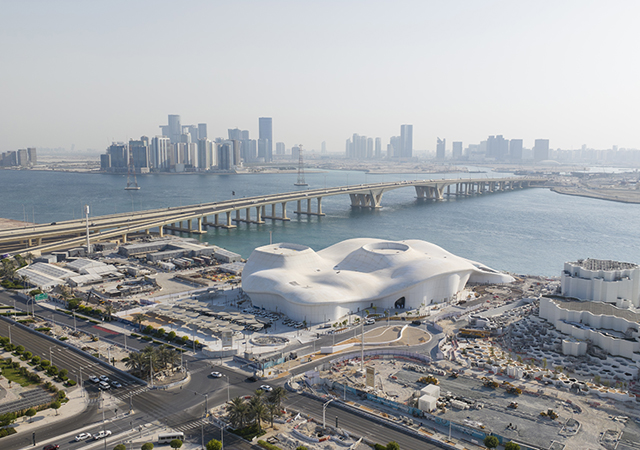 |
|
teamLab Phenomena Abu Dhabi, a new multi-sensory museum, opened in April this year. |
With the Natural History Museum Abu Dhabi and Zayed National Museum set to open in Q4 2025, and the Guggenheim’s completion slated for the end of 2025, what are the key milestones achieved so far?
Zayed National Museum will open in December 2025 and Natural History Museum Abu Dhabi is also still on track to welcome visitors by the end of the year. Guggenheim Abu Dhabi is still on schedule for completion in Q4. More detailed updates will be shared in due course, but we can say that significant progress has been made across all sites, with each project advancing steadily toward its respective milestones. As we look ahead to the landmark openings, the focus remains on ensuring that every element – from architecture to content – is delivered to the highest standards and in line with the vision of Saadiyat Cultural District.
Can you elaborate on the unique structural forms of each of the museums?
Each museum has its own rich architectural narrative in relation to its content – but the museums are also respectful and reflective of their context, especially the UAE’s terrain and traditional building methods. For instance, the Natural History Museum Abu Dhabi reflects the natural sabkha salt flat terraforms of the UAE with a three-dimensional pentagonal-shaped cluster of buildings, mediated by a green open area that reflects the natural regional water channels known as wadis.
Zayed National Museum presents an architectural abstract form which is representational of the wing of a falcon, an iconic cultural element and the national bird of the United Arab Emirates. These soaring structural components serve to announce the Saadiyat Cultural District as a landmark to visitors from afar, while also providing natural ventilation to the internal volumes of the museum, as a more advanced form of the traditional barjeel wind towers.
Guggenheim Abu Dhabi utilises traditional watchtowers, in abstract conical forms, which create external shading structures to the museum’s entrance, inspired by the region’s historical use of passive environmental design technologies. The building also encapsulates its coastal desert context by reflecting the unique colour of the Saadiyat Island sand in its glassfibre and reinforced concrete cladding panels, which are configured in Gehry Partners’ signature patterned bond.
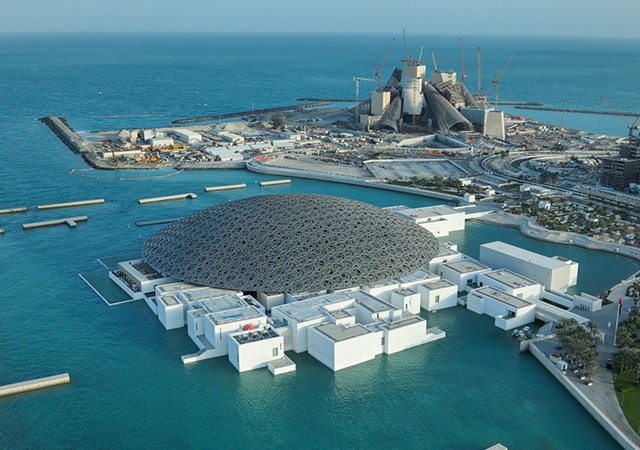 |
|
Saadiyat Cultural District ... each institution has been conceived to connect communities, inspire future generations, and place Abu Dhabi at the heart of the global cultural conversation. |
Were there any innovations in materials, engineering systems, or digital construction (for example, BIM, 3D modelling, prefabrication) employed to support the project’s complexity?
The use of AI and VR technologies has helped to streamline efficiency and ensure sustainability and overall quality of the construction. The use of 3D rendering software generates 3D models for advanced logistical planning, and the utilisation of progressive Lidar scanning and AI supports error detection methodologies to validate construction against approved engineering drawings. The trial of Robot Dog with Lidar scanning capabilities was also part of the team’s effort to ensure a truly cutting-edge space.
What were the main construction challenges encountered in these projects?
Each building presents its own unique challenges. Contemporary design software greatly assists in realising these complex forms and simplifying their load paths and compositions into structures that can be realised yet remain as inspiring as the intent. Numerous mock-ups were made during the design and delivery phases to test the visual impact, proof of concept and performance of each assembly. This enables the design team and all key stakeholders to test, comment and enhance the building design whilst also keeping the design integrity, delivery date and project budget intact. Each building has a different and unique palette of materials which complements the context and concept.
What measures have been taken to ensure long-term structural durability, especially in a coastal desert environment?
The selection of construction materials has always had to consider the harsh marine context in which these buildings are located. This has affected the selection of the grade of the metalwork, timber density, durability and the thermal performance of the enclosures, etc. There has also been a conscious effort to resource local materials for sustainability and contextuality. The use of recycled materials (rebar, structural steel, etc) has improved emissions associated with embodied carbon.
How have sustainability considerations been embedded in the construction process and building design? Are there notable features that highlight the project’s commitment to environmental responsibility?
Sustainable features have been an integral part of the Zayed National Museum’s design, to minimise the amount of energy required to illuminate and cool the complex. The latticed towers act as thermal chimneys that draw cool air currents through the museum naturally. Fresh air is captured at a low level and underground cooling pipes release it into the museum’s lobby. The heat at the top of the towers draws up air vertically through the galleries due to the thermal stack effect. Air vents at the top take advantage of the negative pressure and draw the hot air out. Instead of artificial heaters, evacuated solar tubes are used to heat water by natural sunlight. Additionally, photovoltaic panels and heat exchangers are placed strategically to further minimise the complex’s energy use.
The Natural History Museum Abu Dhabi has been artfully moulded to ensure natural shade to guests externally. The building enjoys a 49.4 per cent reduction in external heat gains through passive measures such as a highly efficient building envelope. Since the museum will be home to exhibits with high sensitivity to temperature and humidity, this will ensure energy consumption is further reduced with provision for solar panels within the car park shade structures. Some 70 per cent of all timber used on the project is certified from sustainable sources.
As much as 95 per cent of all paints, coatings and finishes in the interior spaces will be low emissivity or low VOC materials, in keeping with sustainability goals for the project.
Similarly, Guggenheim Abu Dhabi, constructed from materials including steel, concrete, wood and aluminium – sourced locally where possible – incorporates sustainable elements appropriate to the region. This includes the natural cooling and ventilation of the covered courtyards through a series of asymmetrical cones which surround the main building and serve as both entrances to the museum and outdoor exhibition spaces.
How was exhibition space flexibility and visitor flow considered in the design and construction of these museums?
Exhibition space flexibility and visitor flow have been central to the design philosophy of all three museums. Each institution was envisioned as a dynamic cultural platform able to adapt to evolving curatorial needs and audience expectations. The architecture supports a wide range of exhibition formats, from permanent galleries to immersive, large-scale temporary installations.
At Zayed National Museum, this includes the Al Masar Garden, an outdoor gallery space that allows for open-air exhibitions and activations, adding another layer of versatility and engagement. Visitor flow has also been thoughtfully considered to create intuitive, layered journeys that encourage exploration while ensuring comfort and accessibility. Ultimately, the goal is to offer inspiring experiences that are as seamless as they are memorable.
Looking ahead, how might the lessons learned and innovations developed during the construction of these museums influence future large-scale architectural projects in the UAE and beyond? What legacy do you hope these projects will leave for future generations?
The construction of the museums on Saadiyat Cultural District has set a new benchmark for cultural architecture in the region, where innovation is guided by purpose, and design is deeply intertwined with narrative.
These projects pushed boundaries in engineering, sustainability, and cross-cultural collaboration, offering invaluable lessons for future developments in the UAE and beyond. From integrating advanced climate-responsive design to fostering long-term partnerships between international experts and local talent, the district has become a model for how architecture can be both iconic and contextually meaningful. The lasting legacy we hope to leave is one of ambition with integrity, one where future architects, engineers, and cultural leaders are inspired to create spaces that don’t just impress, but also unite, educate, and endure.
Is there anything else you’d like to share about the journey of bringing these iconic structures to life on Saadiyat Island?
The journey of bringing Saadiyat Cultural District to life has been one of vision, collaboration, and deep cultural commitment. From the outset, it was never just about constructing iconic buildings, it was about honouring the legacy of Sheikh Zayed in creating a district that reflects the UAE’s values of openness, dialogue, and cultural exchange. Each institution has been carefully conceived to serve a broader mission: to connect communities, inspire future generations, and place Abu Dhabi at the heart of the global cultural conversation. The process has involved world-renowned architects, curators, and cultural leaders working closely with local partners to ensure that the district is not only architecturally remarkable, but also deeply rooted in the UAE’s identity and heritage.



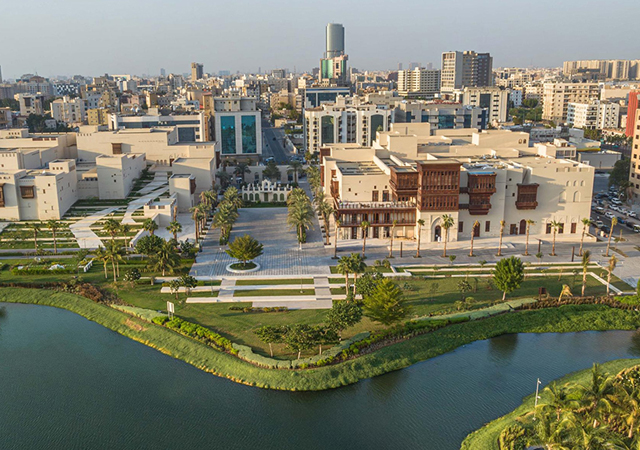
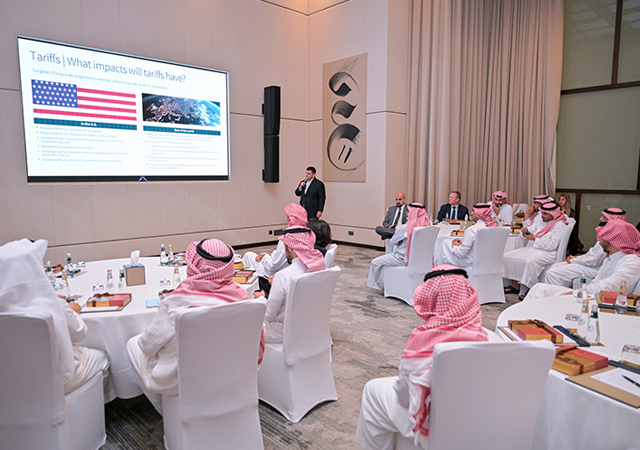
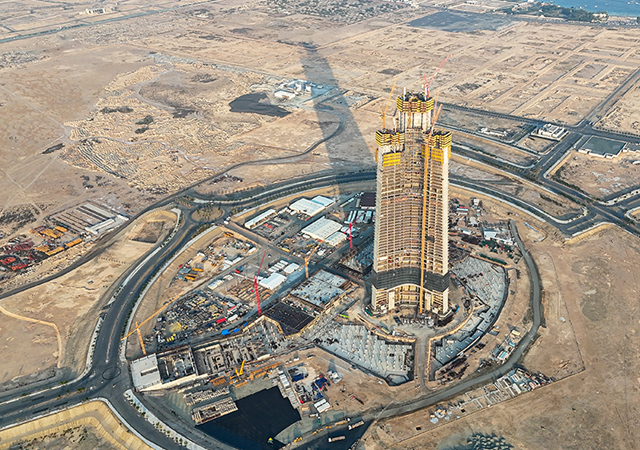
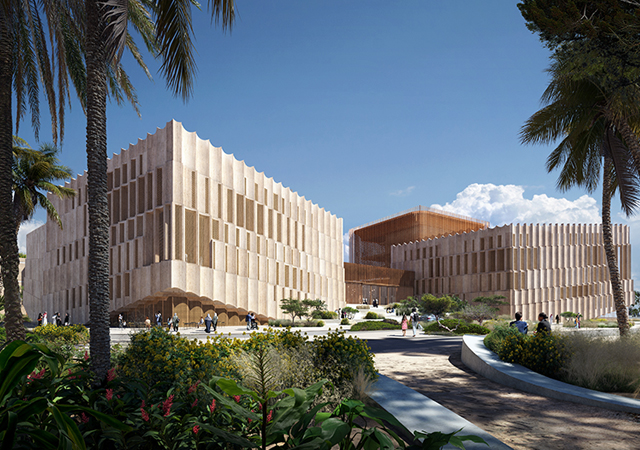
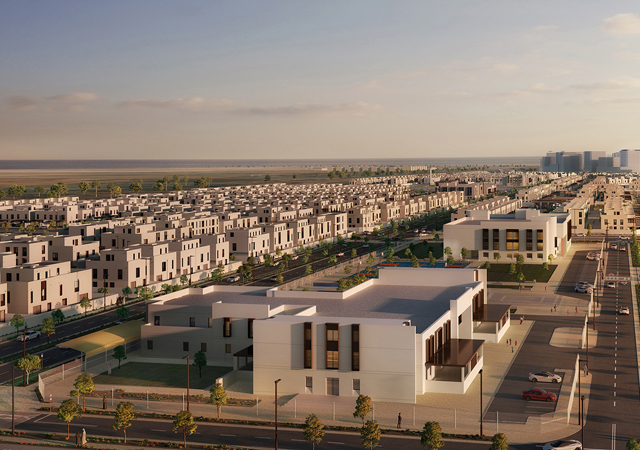
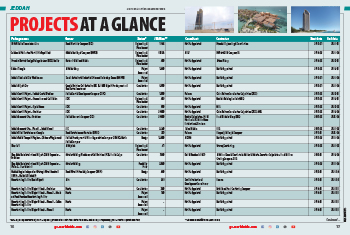
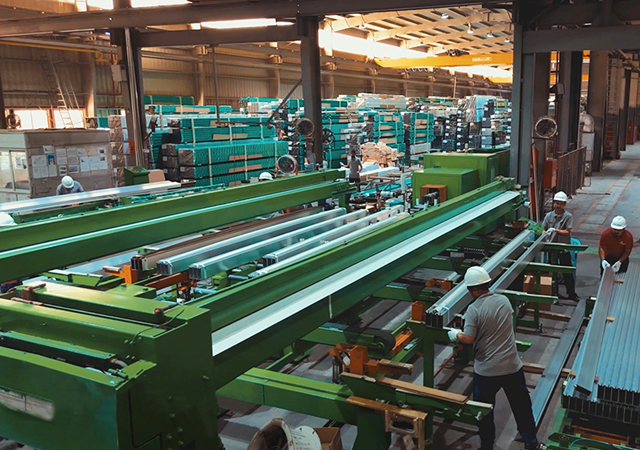

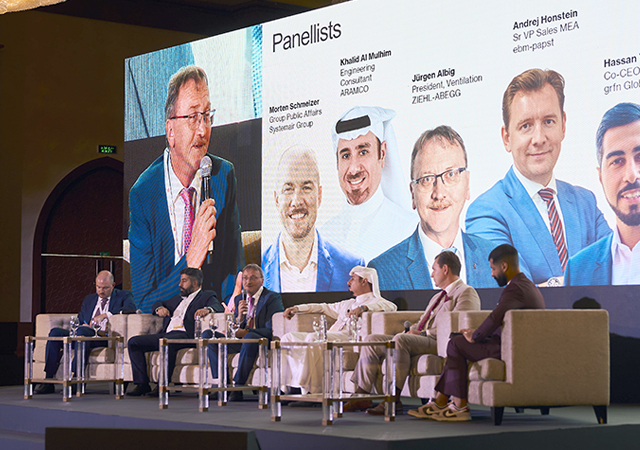
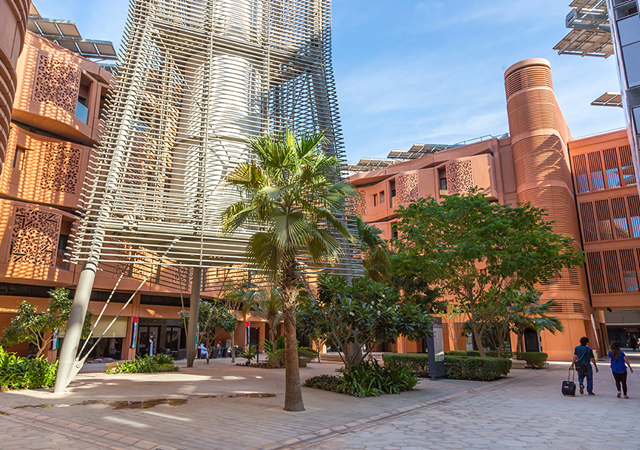
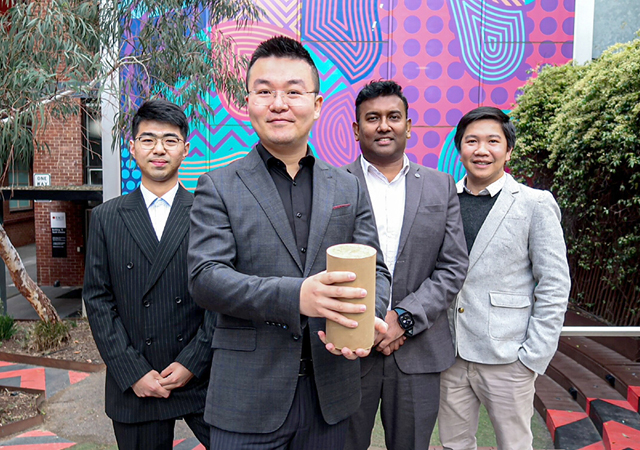

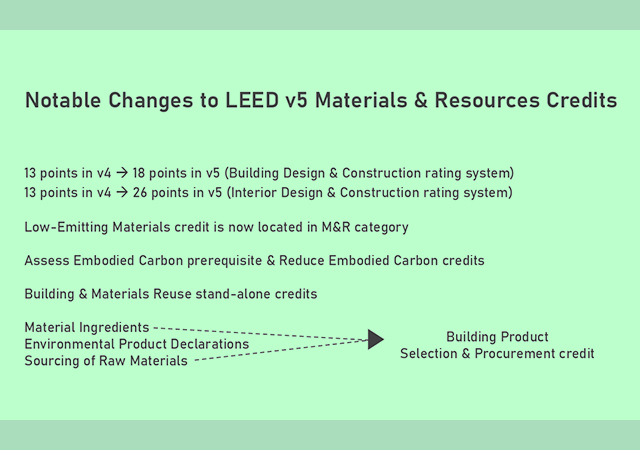
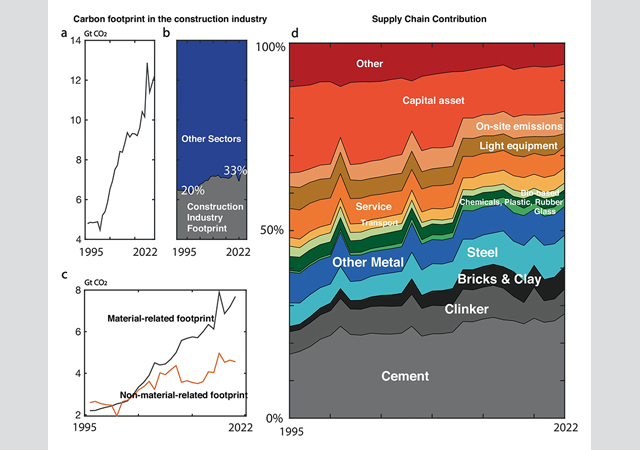
.jpg)
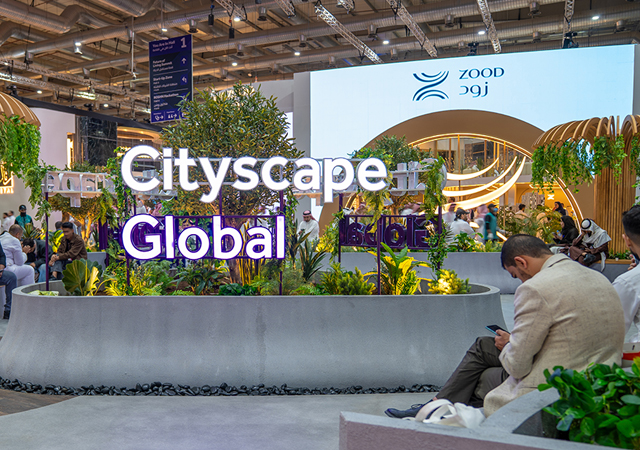
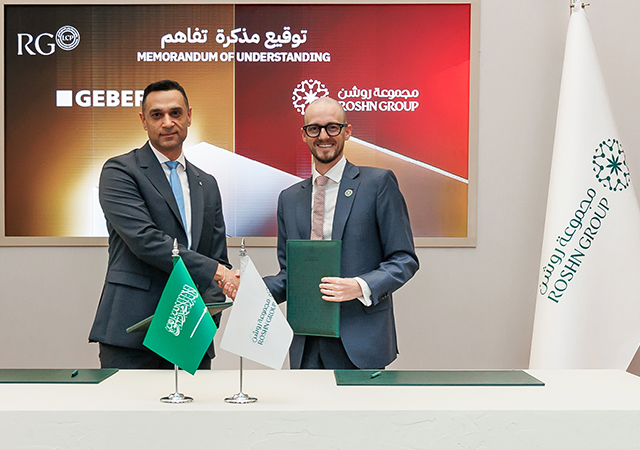
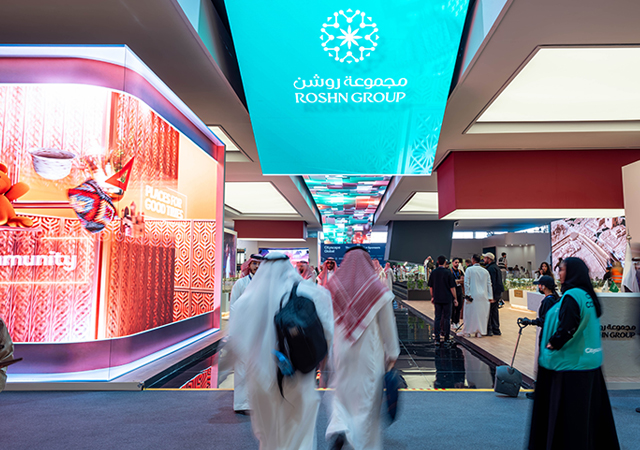
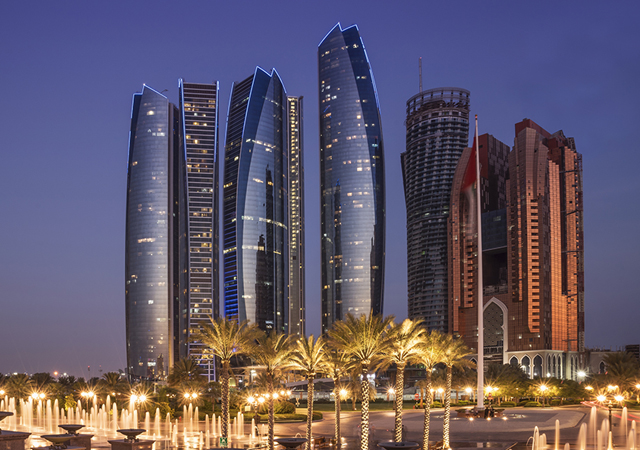
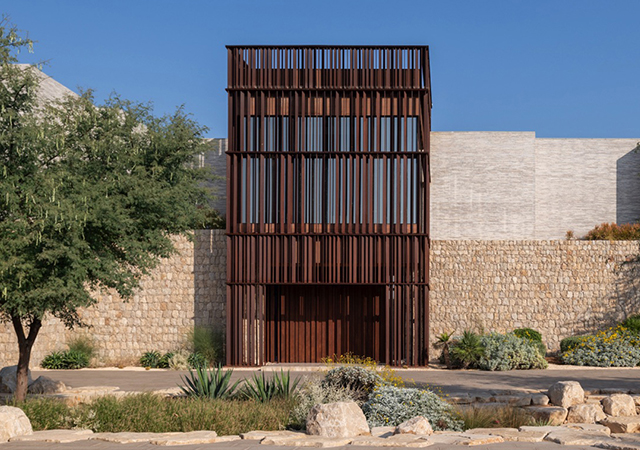
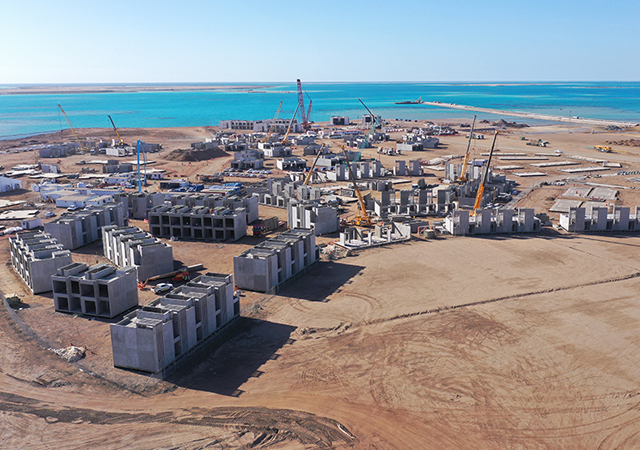
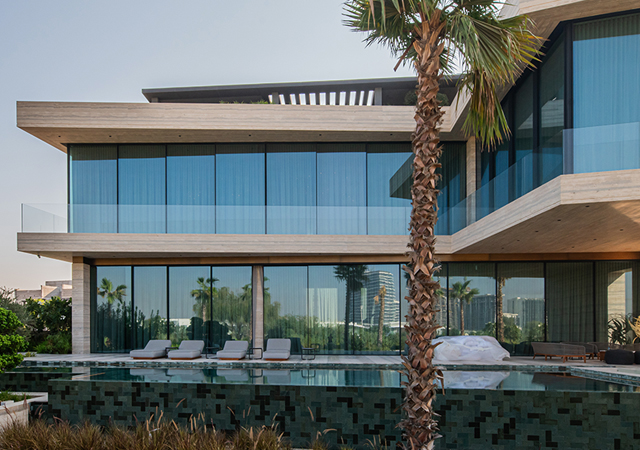
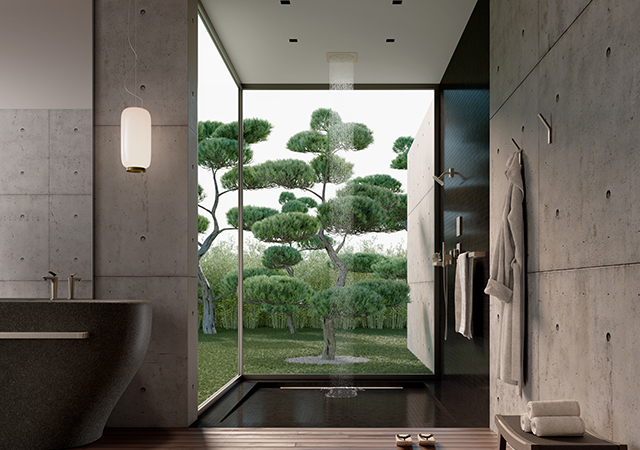
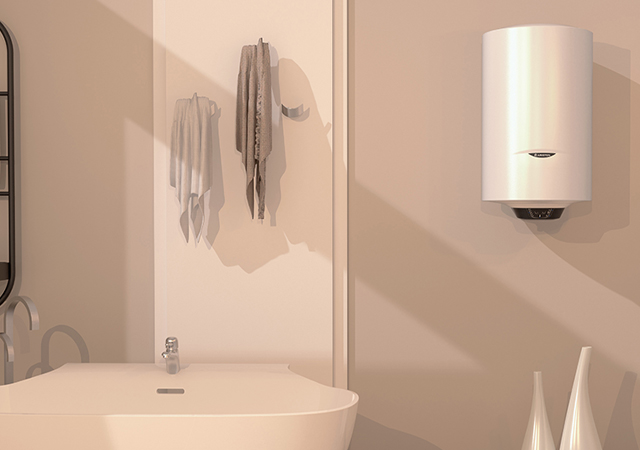
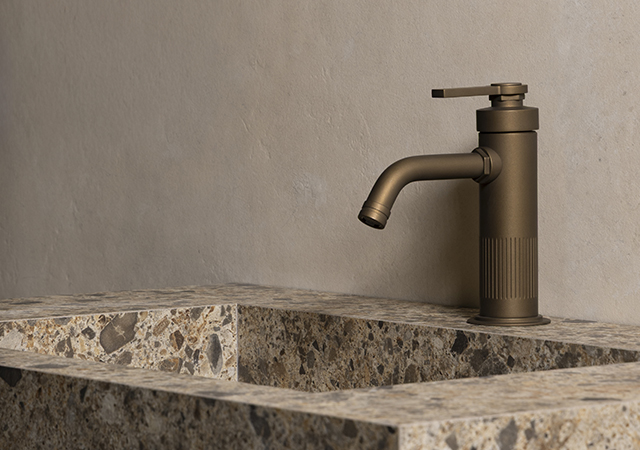


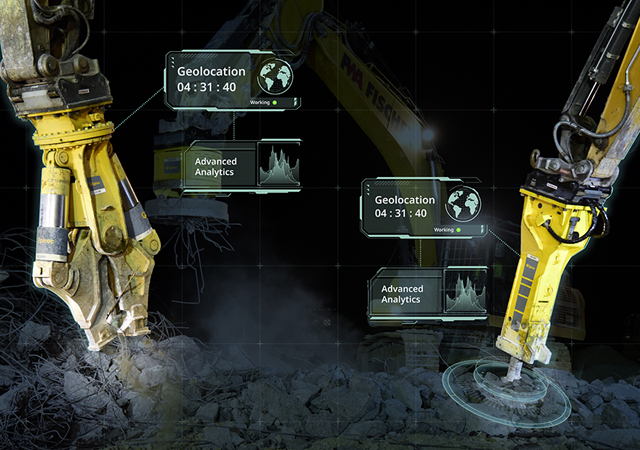
 (1).jpg)

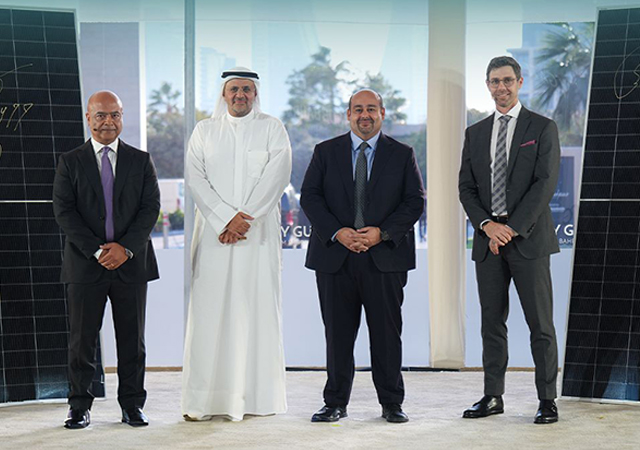
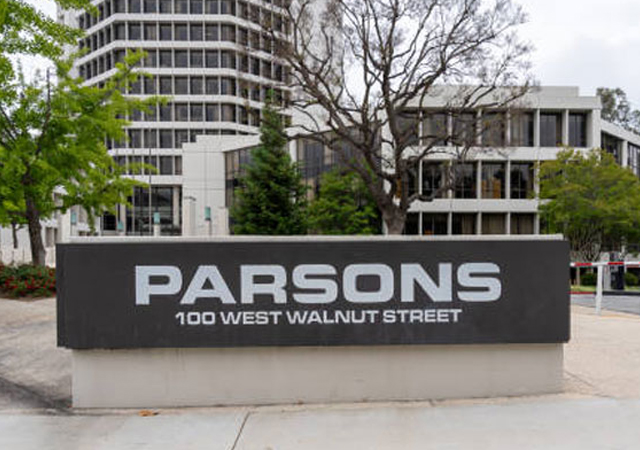
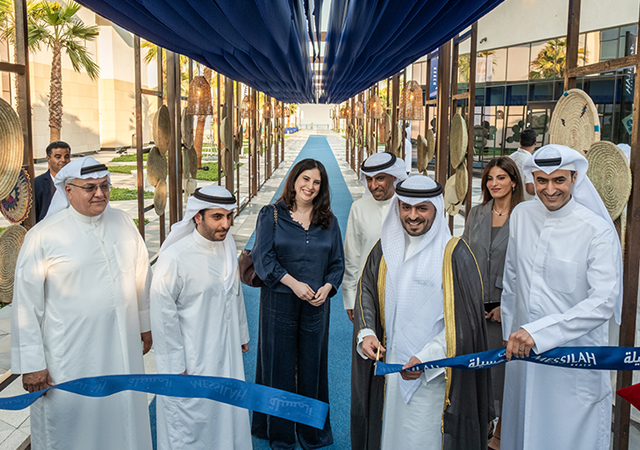
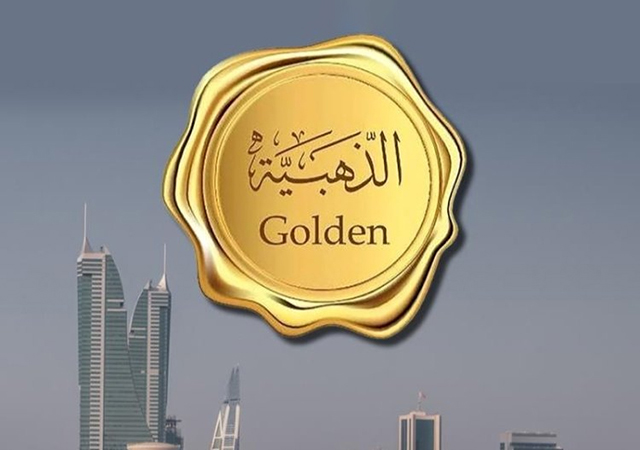
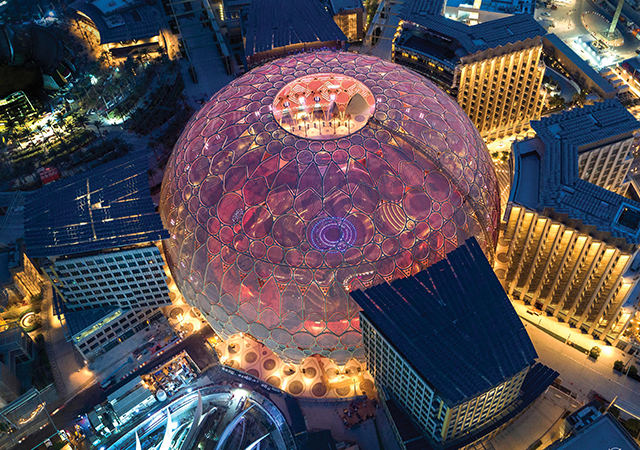
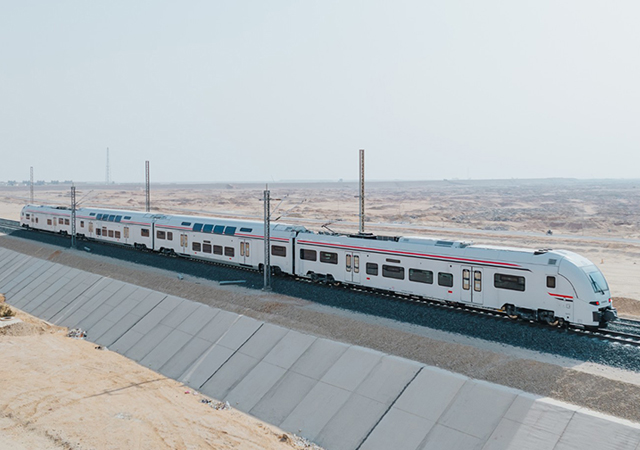
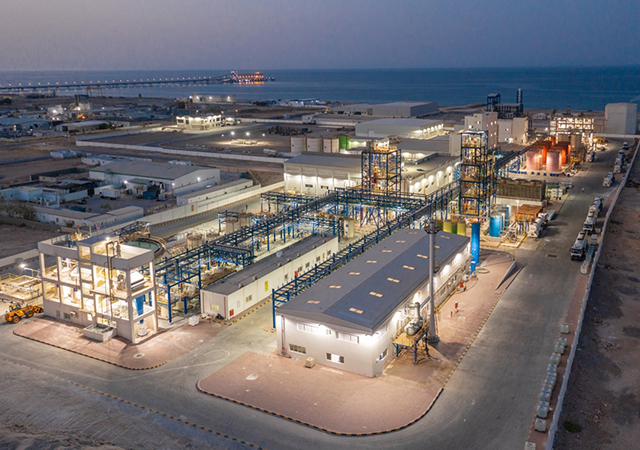
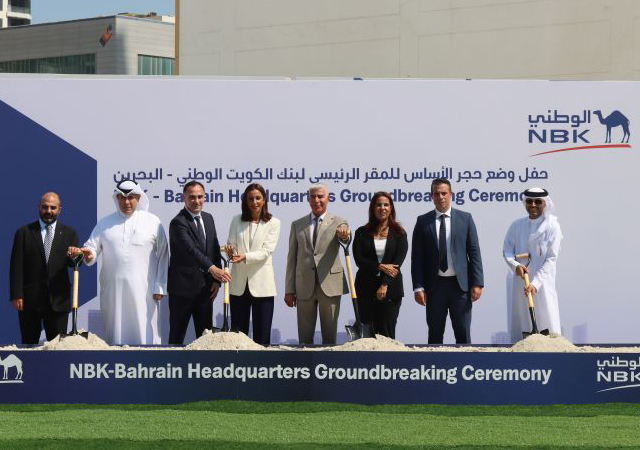
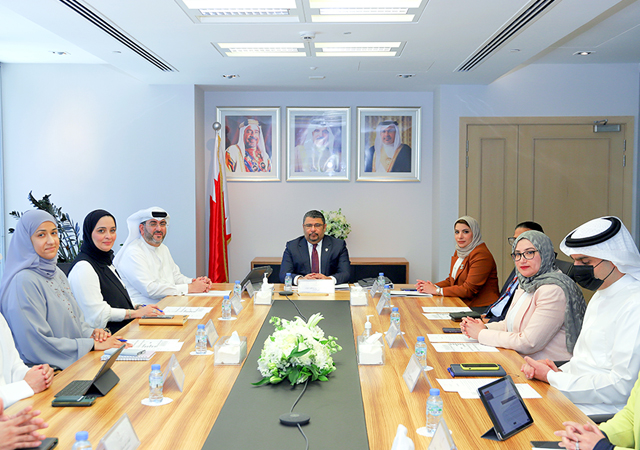
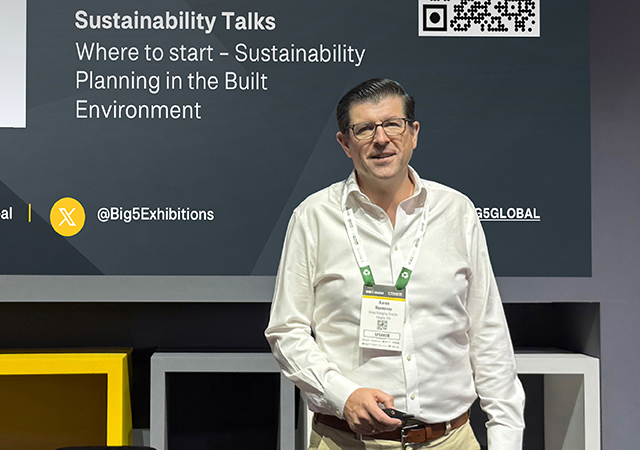
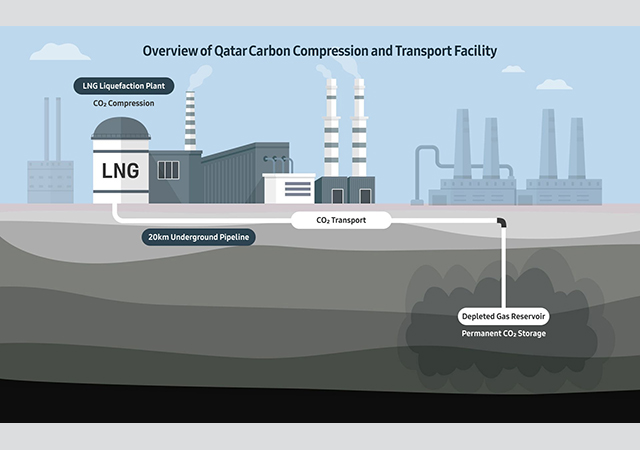
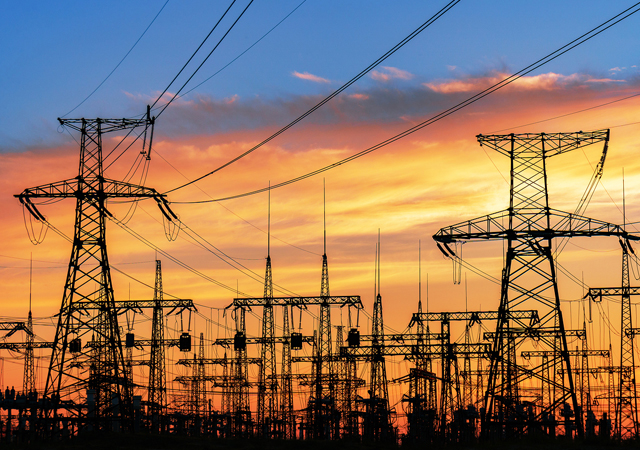
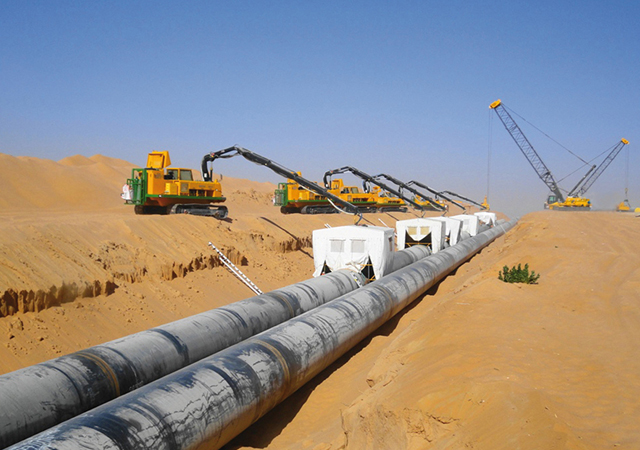

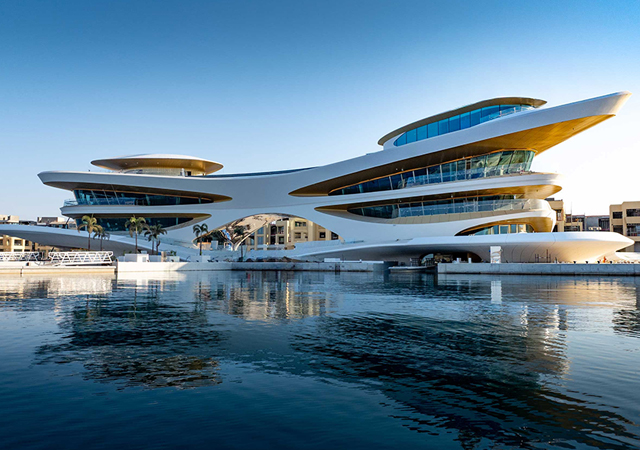
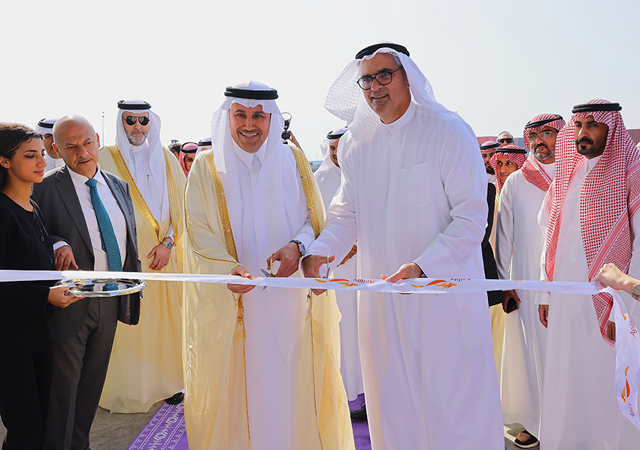
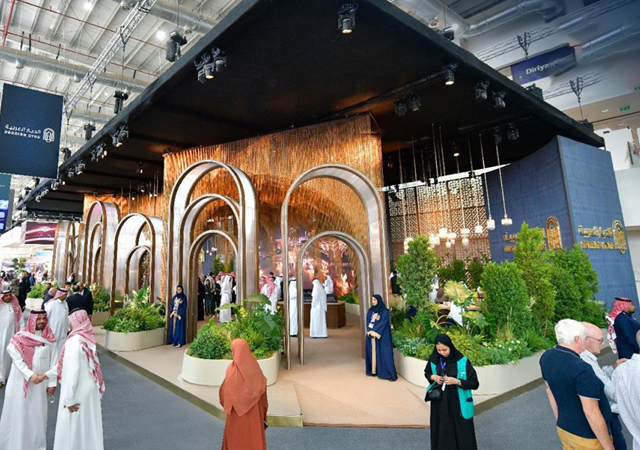
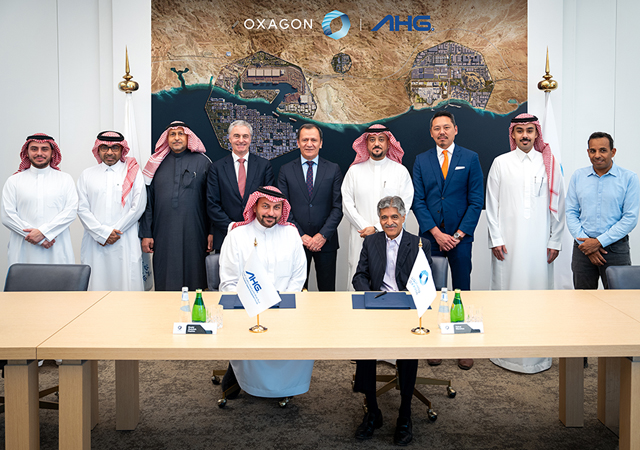
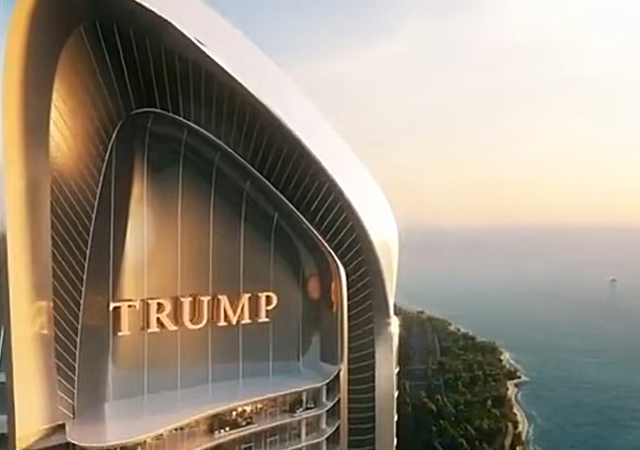
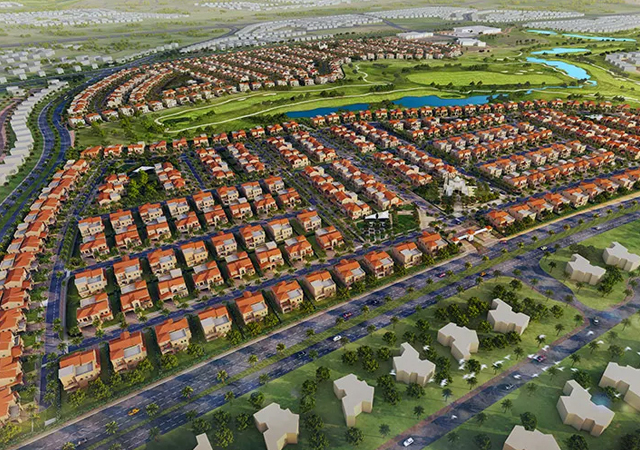
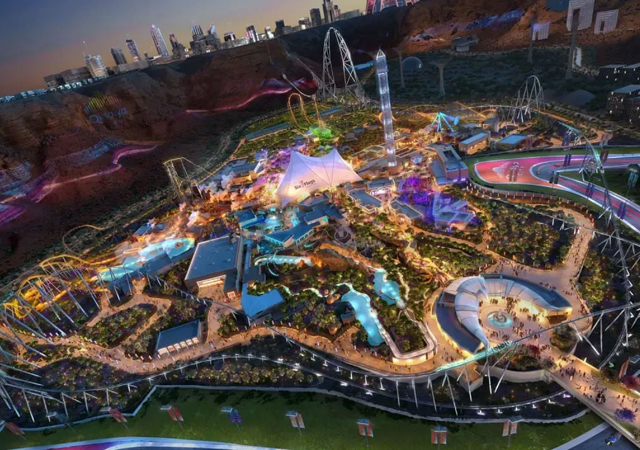
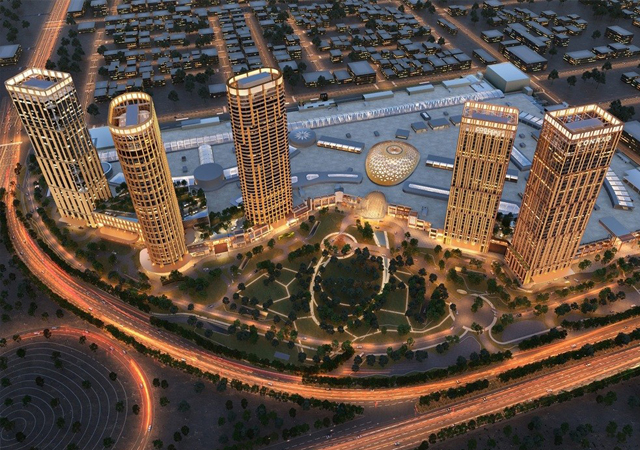
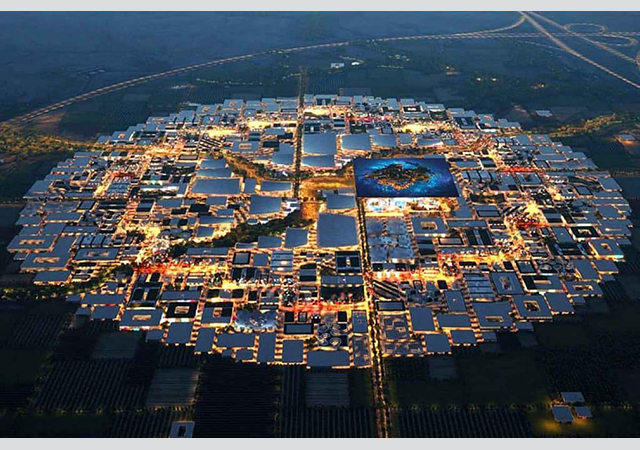
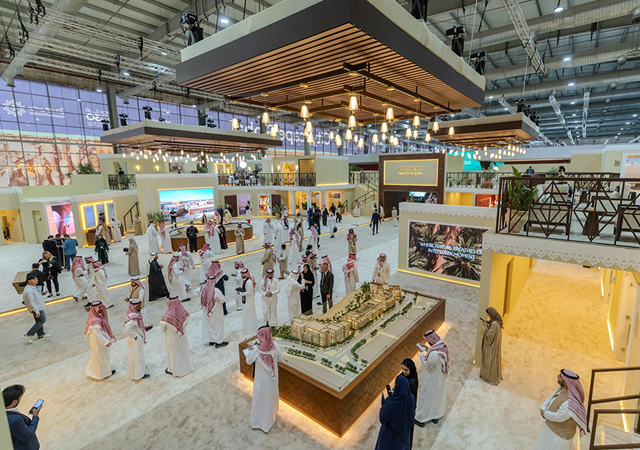
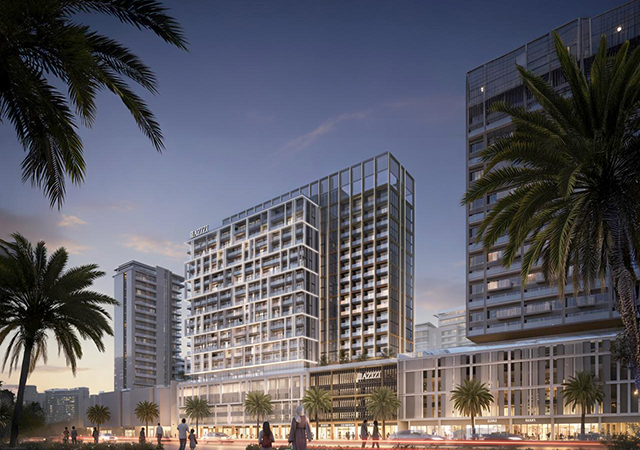
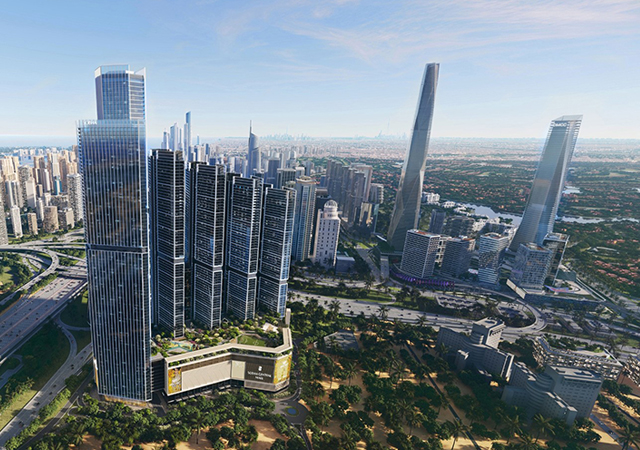
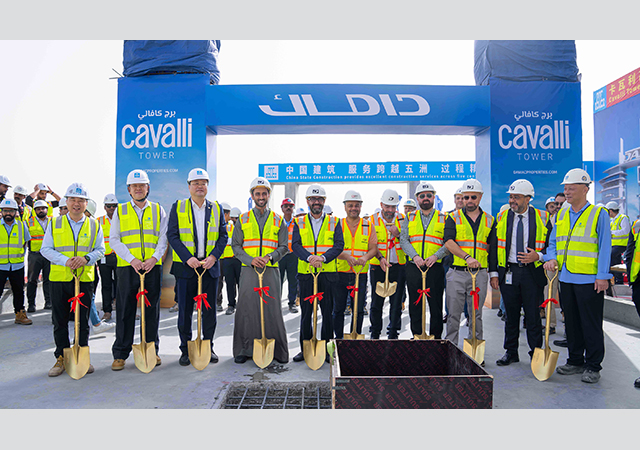
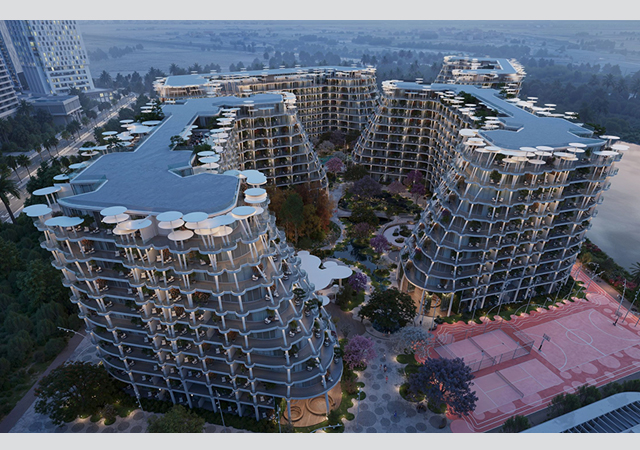
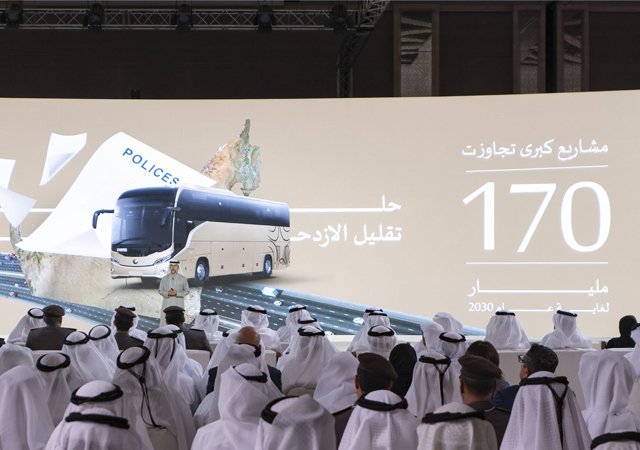
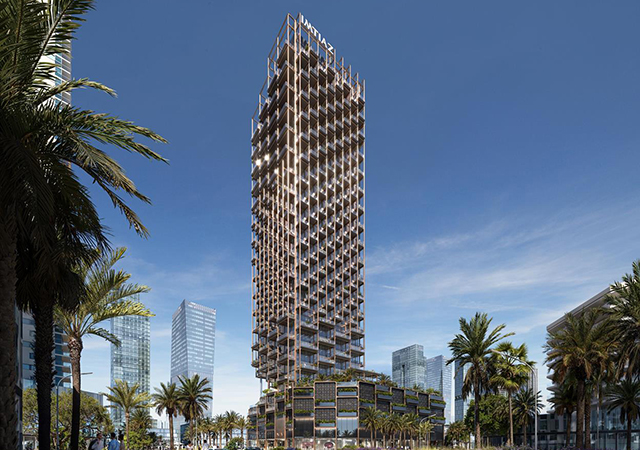
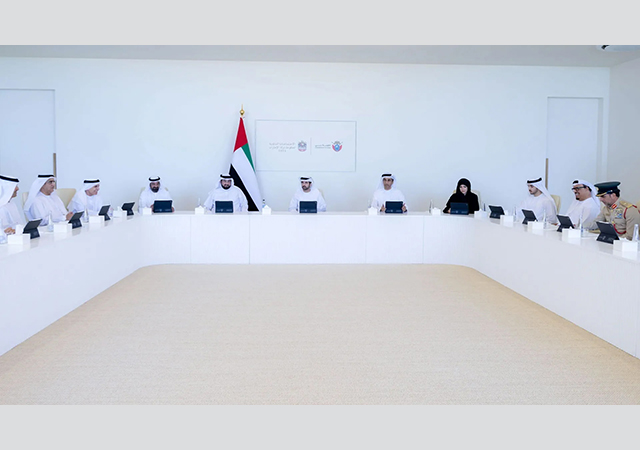
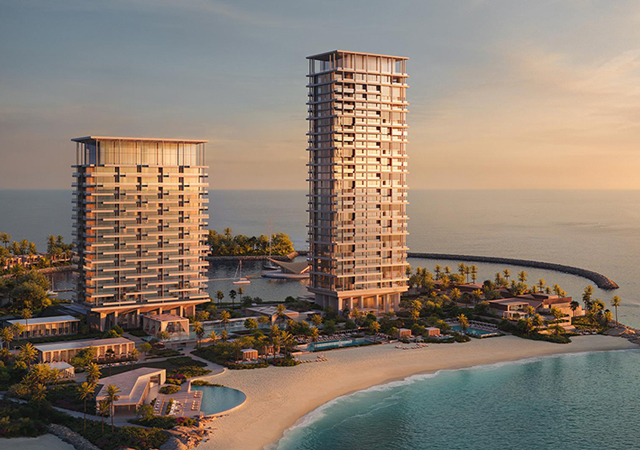
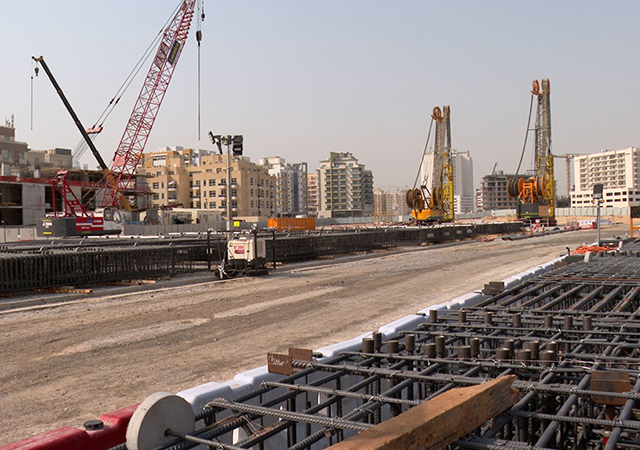
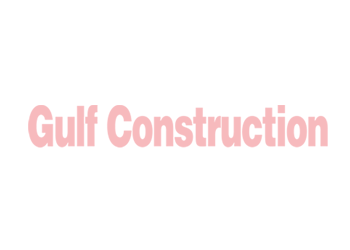

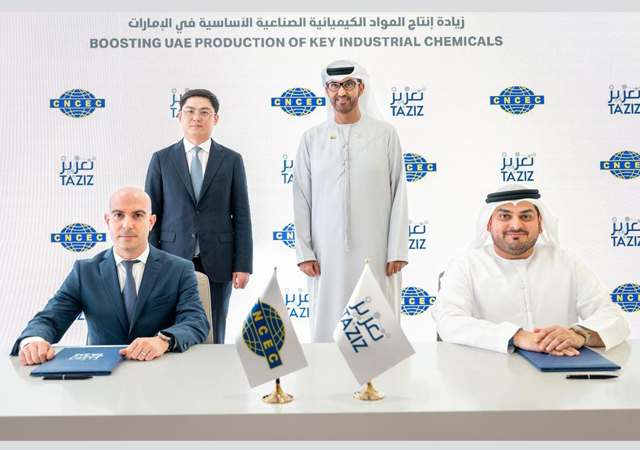
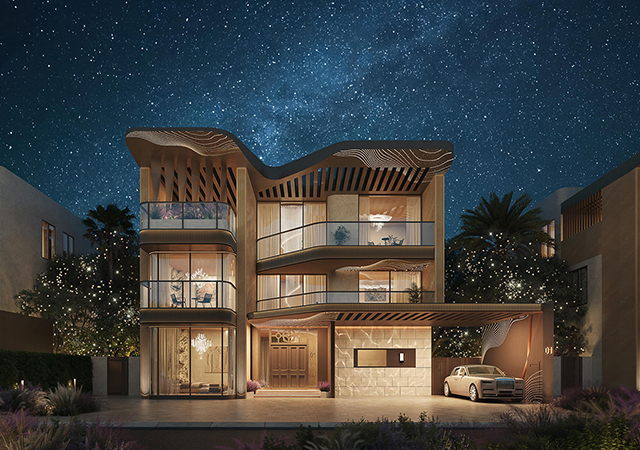
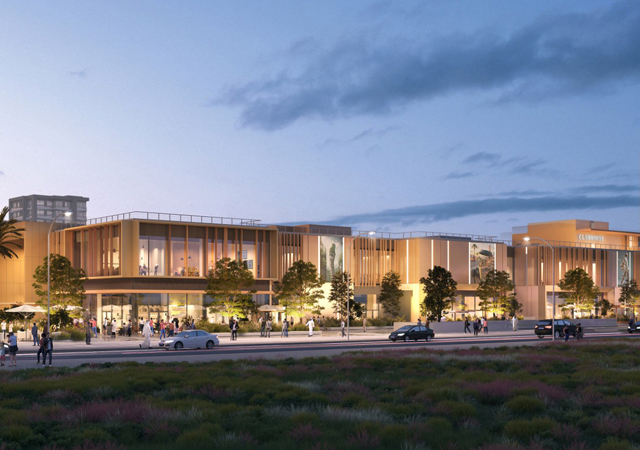
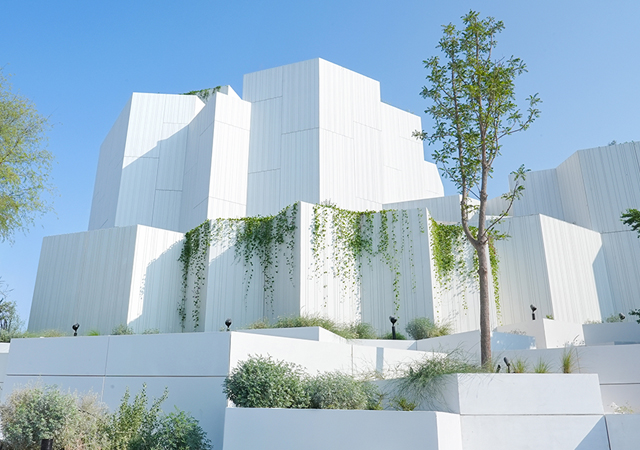
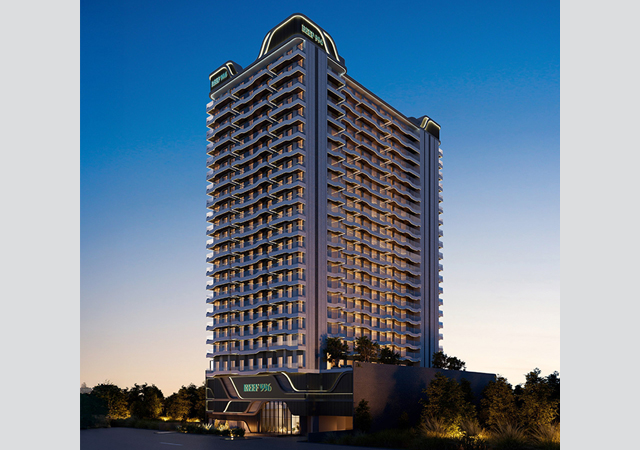
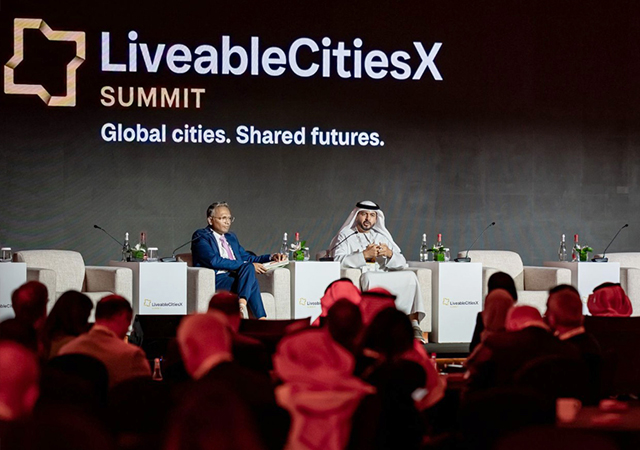
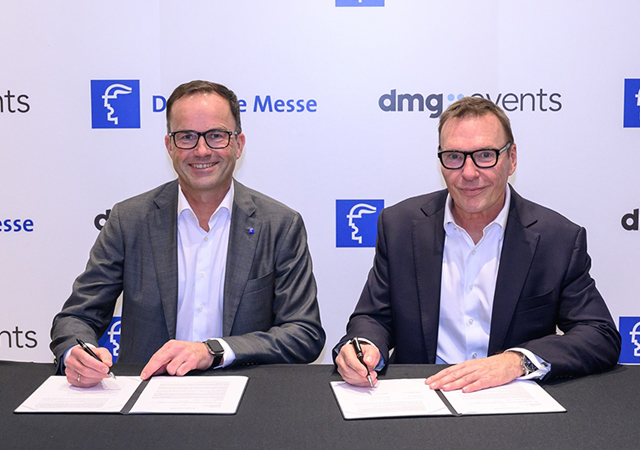
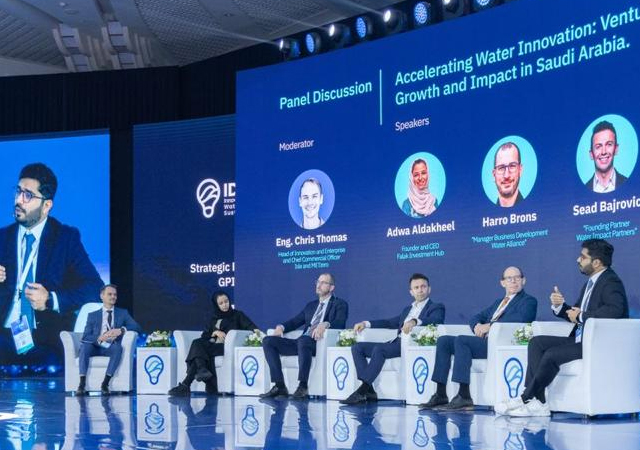
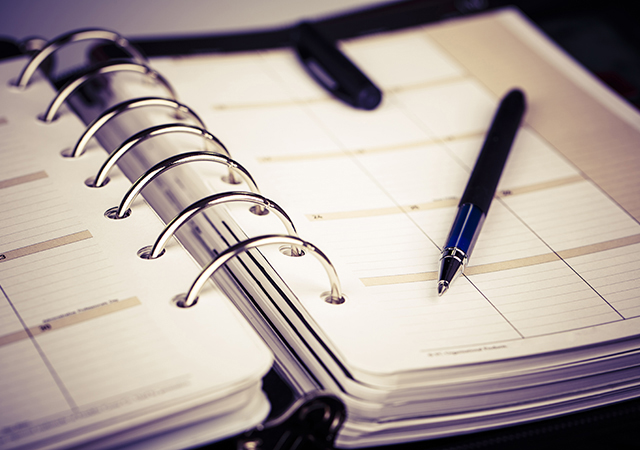

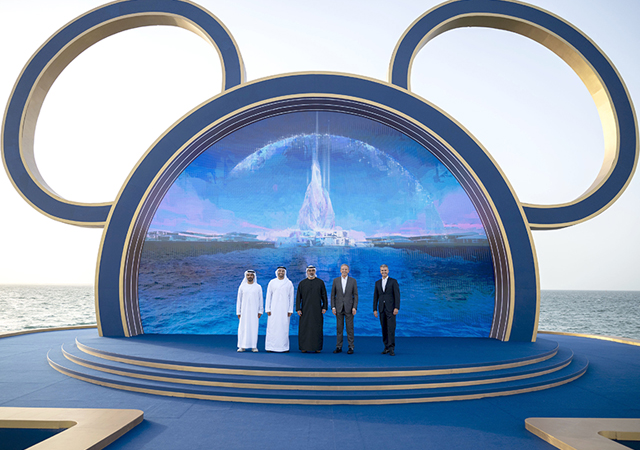
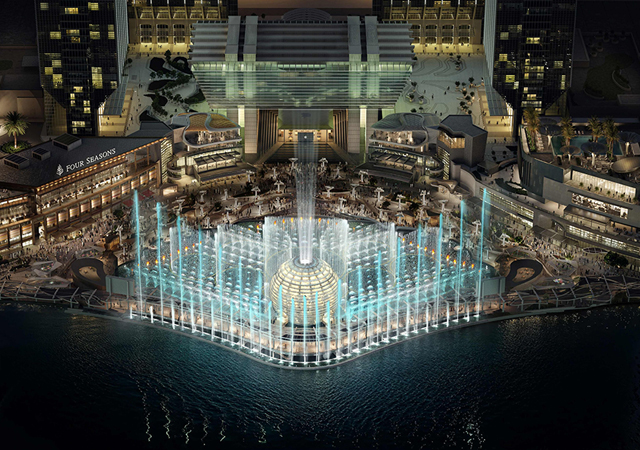
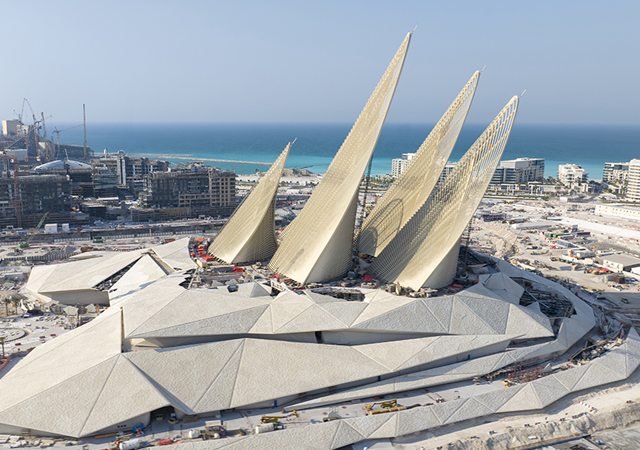
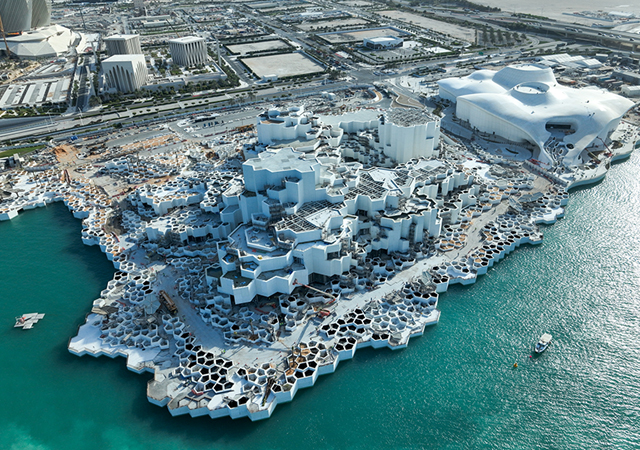
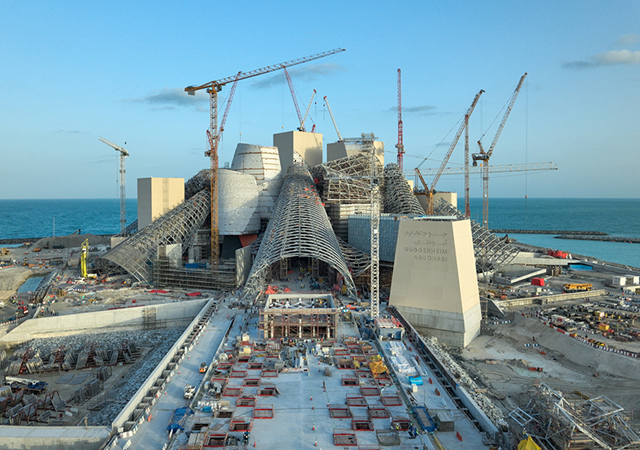
.jpg)
